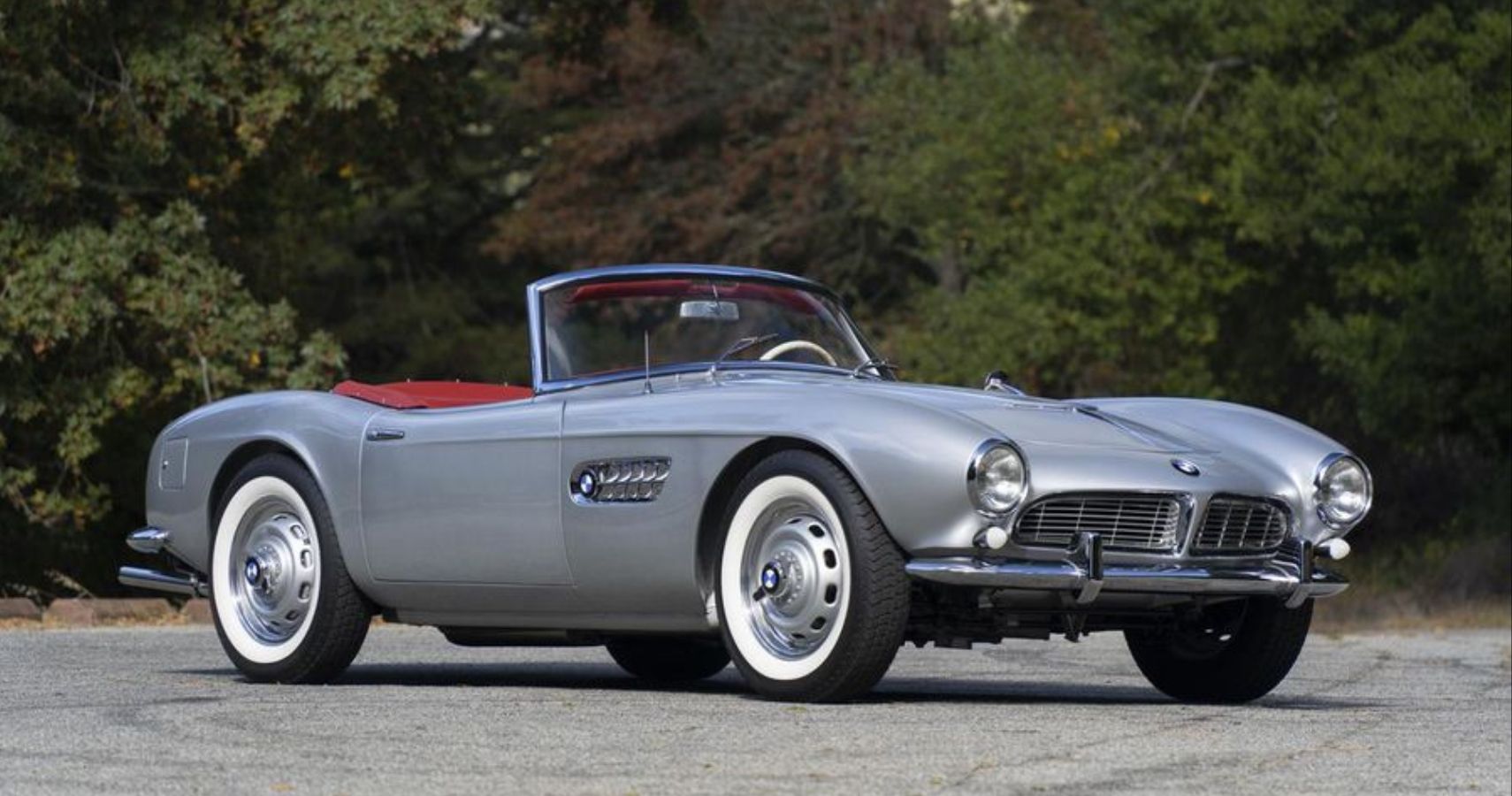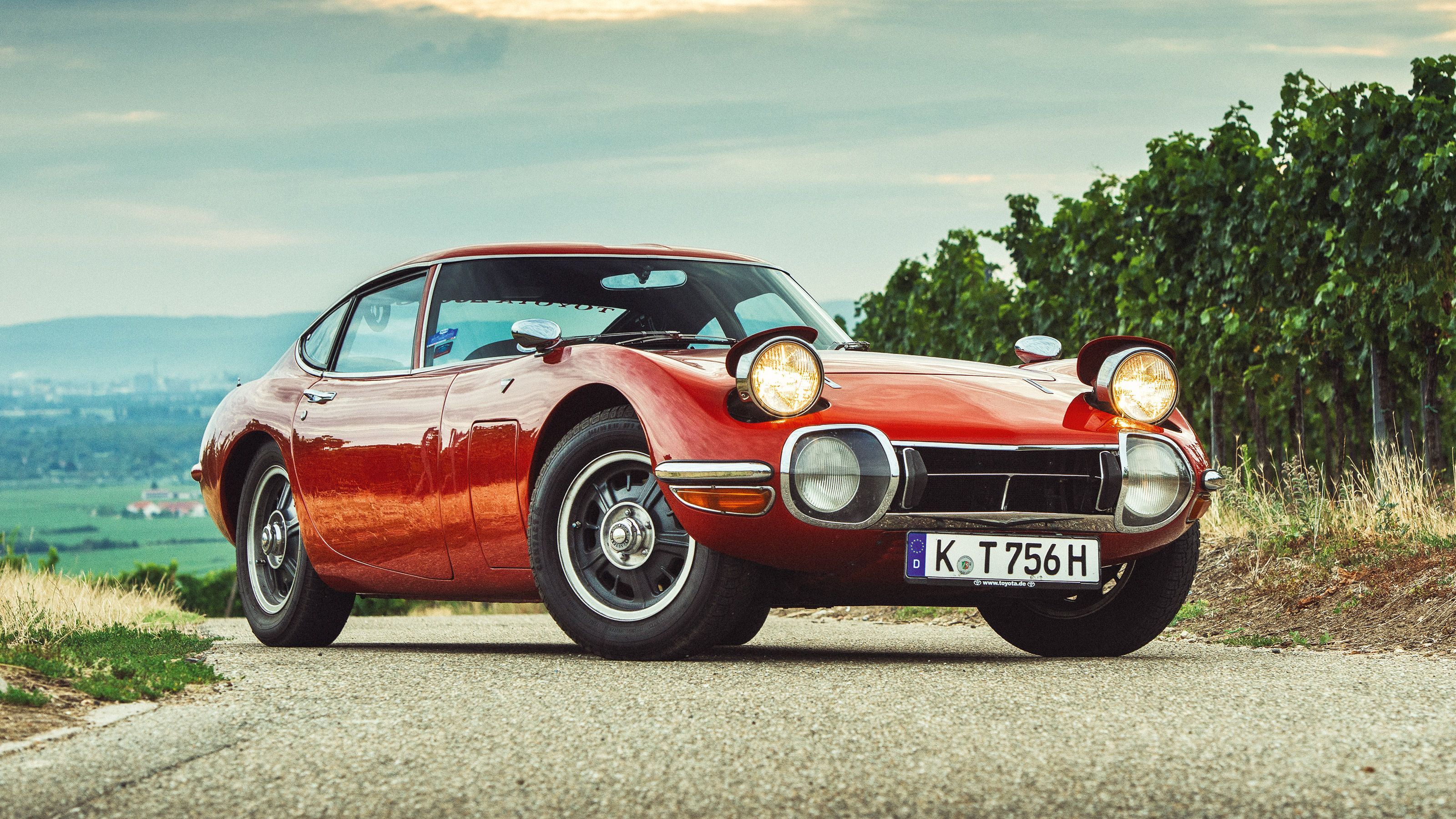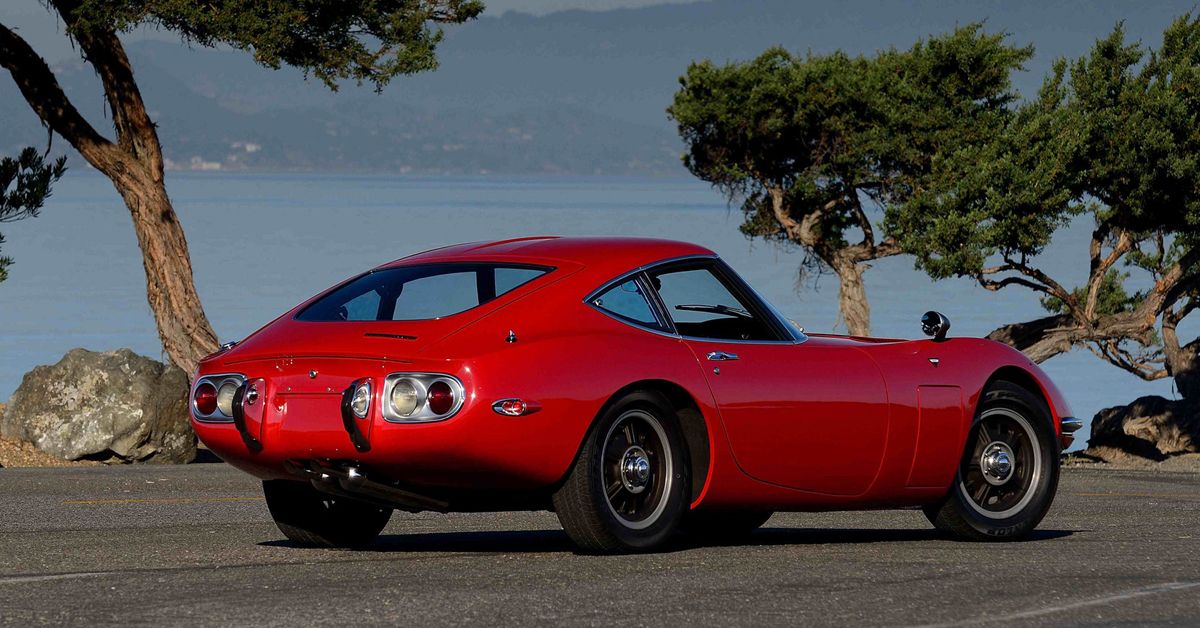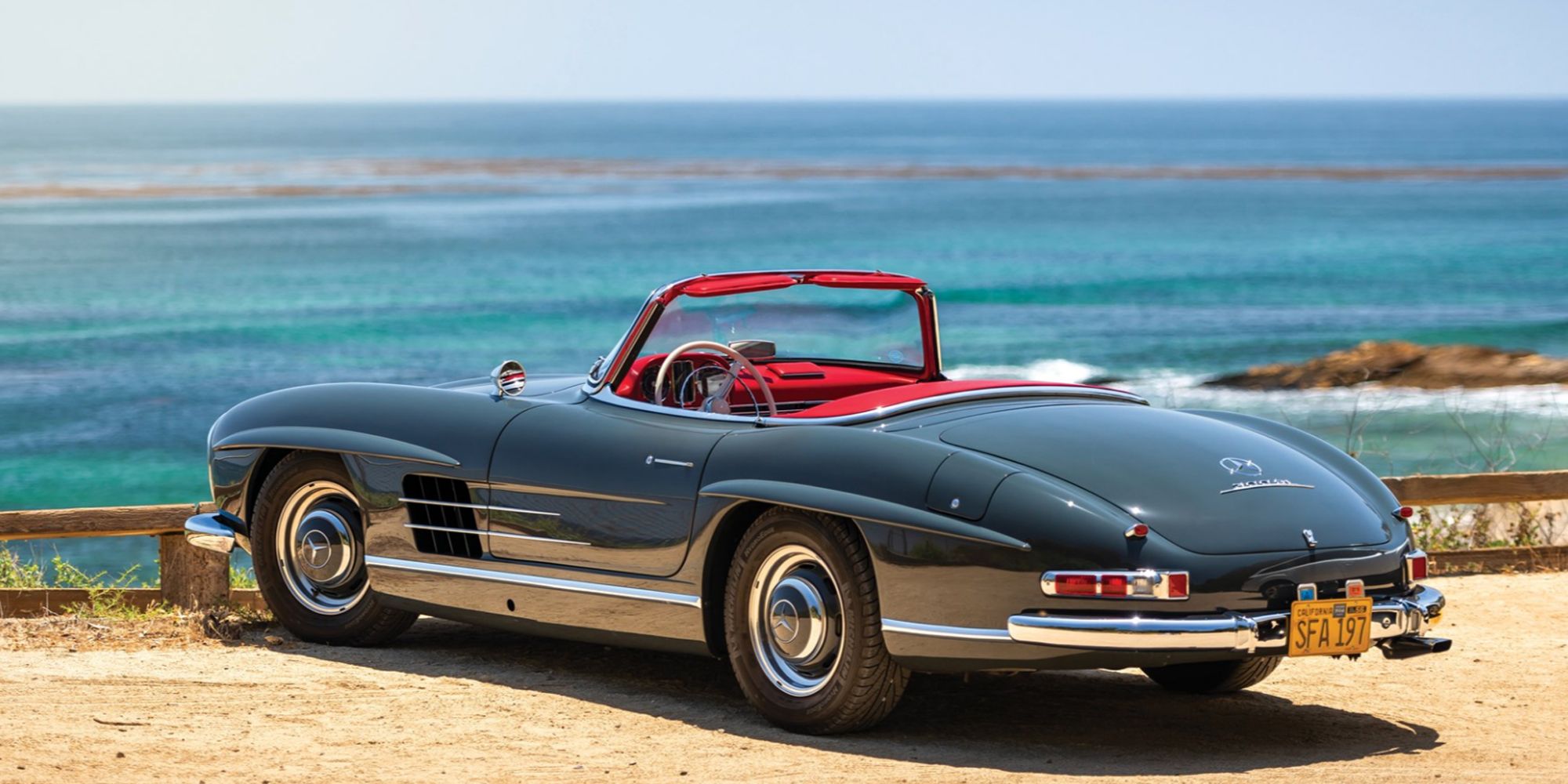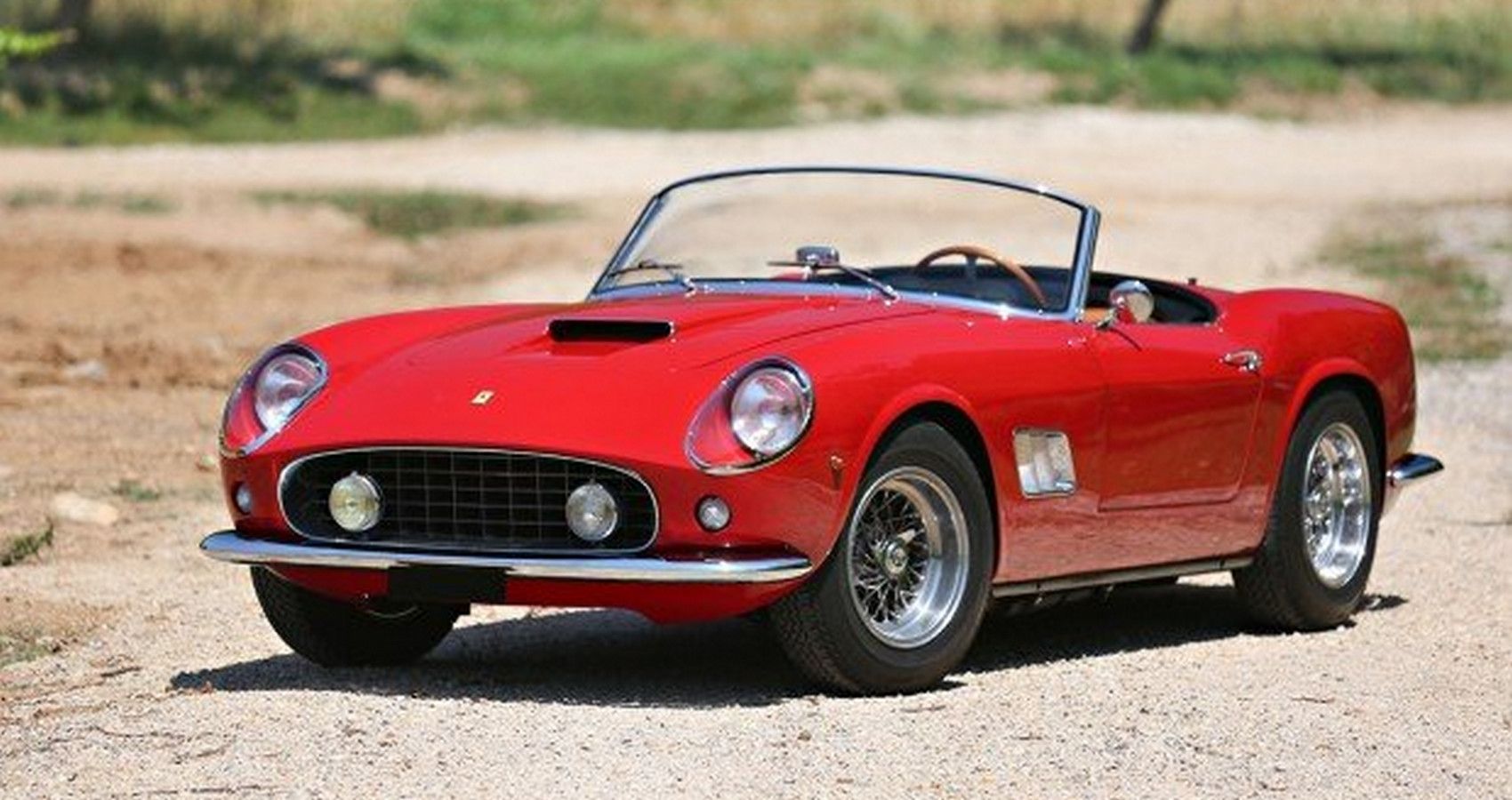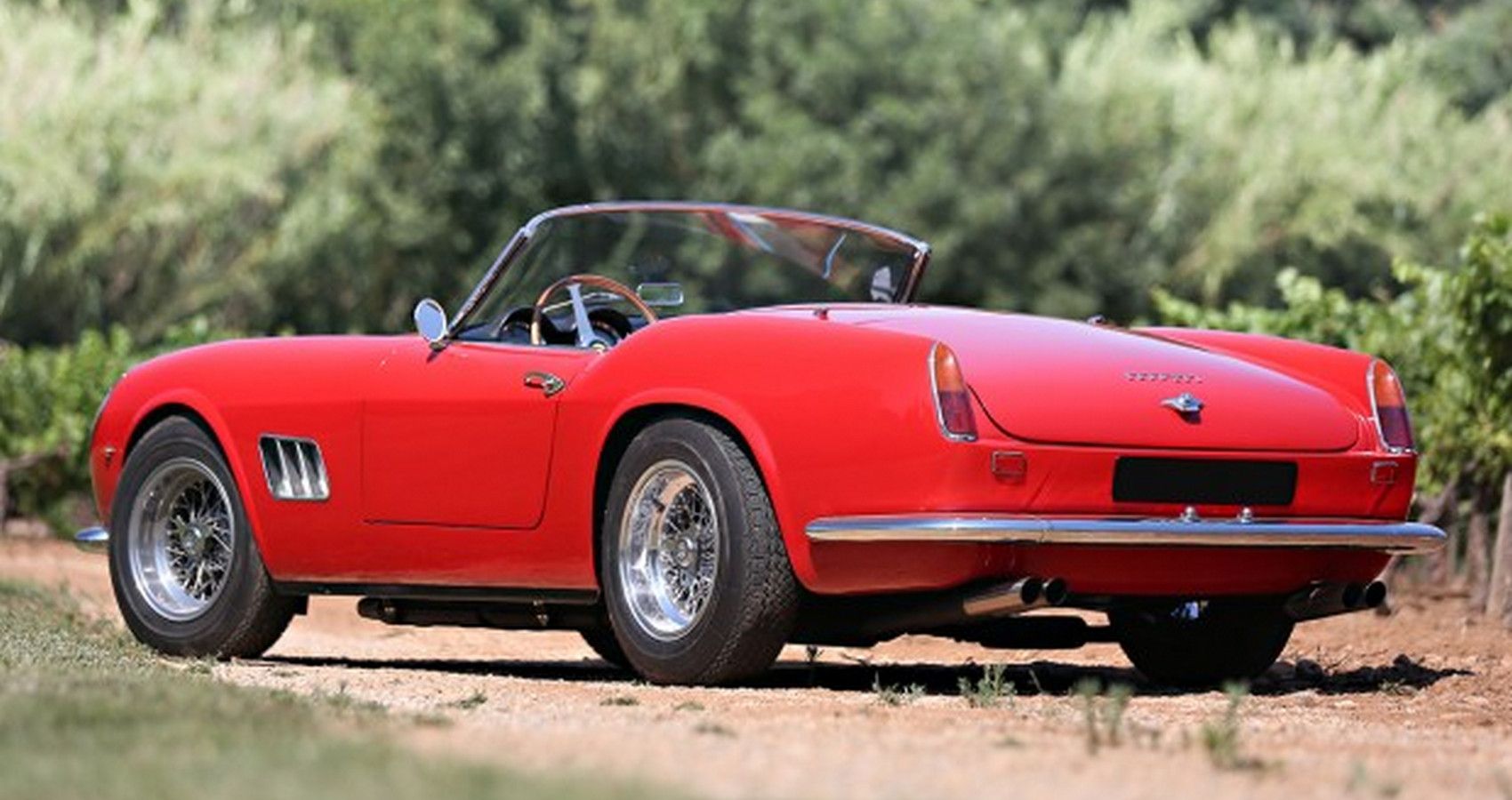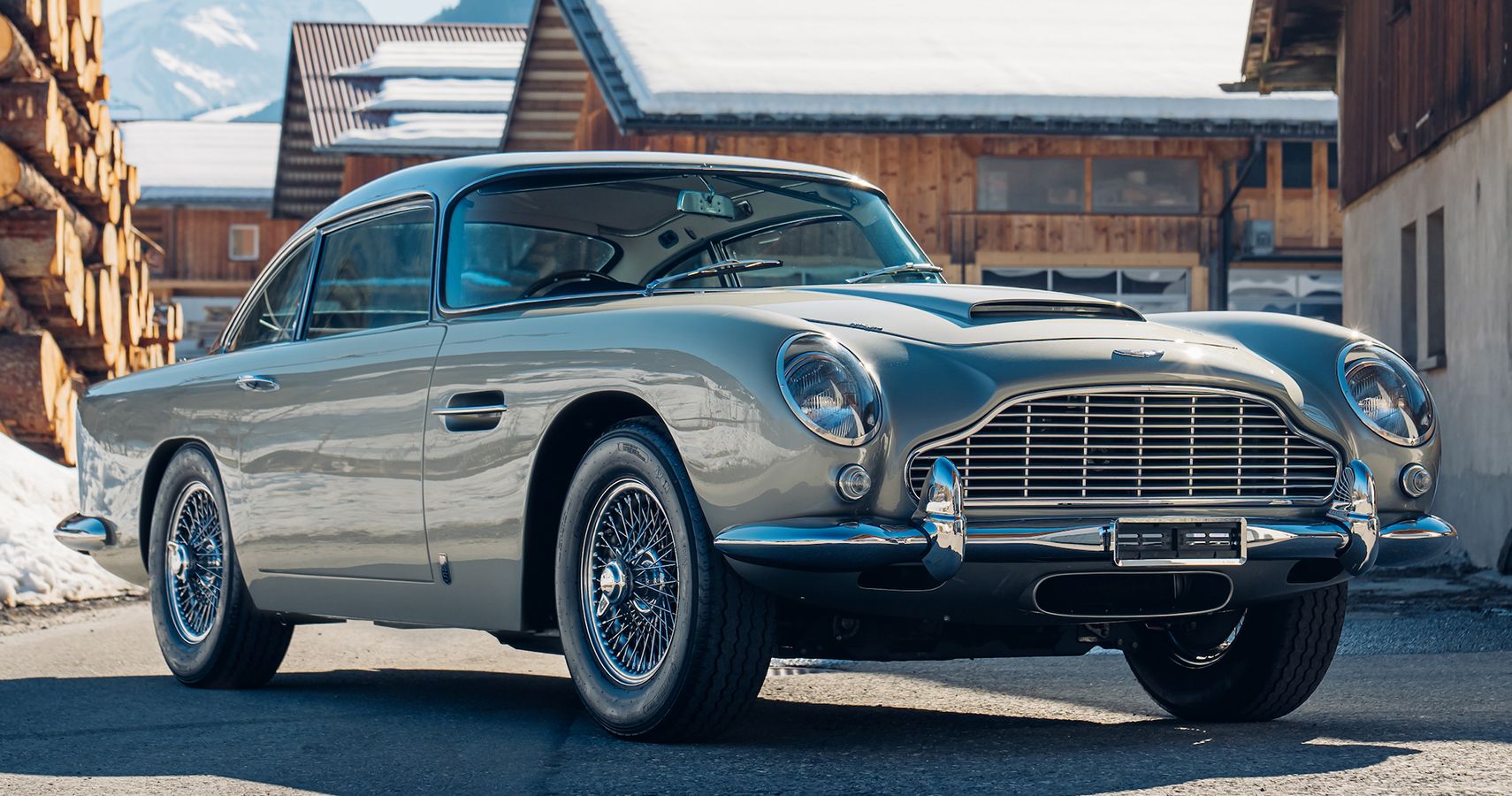The Jaguar E-Type is one of the most instantly recognizable cars on the planet, not even to mention one of the most gorgeous vehicles ever to leap from the drawing board. It is elegant, sophisticated, and timeless – still looking relevant more than 60 years later.
The E-Type’s story began in 1957 when a small team of engineers was tasked to create a road-going replacement for the XK150, based on the D-Type’s construction and styling – since it had had much success at Le Mans. The first concept was unveiled the same year but was scrapped by Jaguar themselves. The second concept arrived in 1960 and became the test vehicle for the eventual E-Type, which was launched at the 1961 Geneva Motor Show. The car stole the show, which led to many famous people owning E-Types. George Harrison of The Beatles, Frank Sinatra, Peter Sellers, Elton John, Steve McQueen, Princess Grace of Monaco, and Charlton Heston – but to name a few – were proud owners of E-Type Jags. Before the E-Type, no car had created such a massive stir in the media – and with the possible exception of the original Bugatti Veyron, no car has since.
So, the E-Type is beautiful, iconic, and had more famous people in it than a Marvel movie. Other cars of the era pale in comparison, but there are a few which could compete for second place. Here are ten classic sports cars that are almost as gorgeous as the Jaguar E-Type.
10 Chevrolet Corvette C2
The Chevrolet Corvette C2 was a revolution in design and featured one of the most iconic automotive designs in the business – a split rear window. Even though the engines for the 1963 model year remained the same as the previous generation, the new Corvette was faster, thanks to a more aerodynamic shape, and because the new ‘Vette was lighter than the original.
The highlight came in 1966 when Chevrolet launched the big-block V8, which had two power outputs – 390 and 425 hp. Although, as with most performance cars of the era, the performance figures were almost certainly underrated, actually producing around 450 hp. The Corvette Stingray is definitely one of the most beautiful American cars ever made.
9 Shelby Cobra 427
The Shelby Cobra started out life as the AC Ace, a small British roadster fitted with a 3.6-liter straight-six engine. Shelby then got a hold of the Ace, modified it, and renamed it the Shelby Cobra. The biggest change they made was to fit a big V8 in the front.
Shelby initially experimented with a 6.4-liter Ford V8, but later decided to go with a 4.3-liter, later upgrading it to a 4.7-liter. Finally, there was the top-of-the-line 427, which had a 425 hp, 7.0-liter V8 – accentuated by some beefy side-exit exhausts. The Cobra 427 is one of the most collectible cars on the planet, easily selling for north of a million Dollars.
8 De Tomaso Pantera
The De Tomaso Pantera was the replacement for the Mangusta – the direct competitor to the Cobra since mongooses can kill cobras. Sadly, the Cobra is still more popular than the Mangusta. The Pantera was designed by De Tomaso but had a Ford V8 heart – with displacements ranging from the initial 5.8-liter Cleveland and Windsor to the smaller 302 in the Pantera Si.
The Pantera was in production between 1971 and 1992, receiving multiple updates, redesigns, and names along the way to stay relevant and competitive. While the later models had more modern body kits, the earlier versions with the sharp, angular design are the best-looking, accentuating the supercar styling of the era.
7 BMW 3.0 CSI
The BMW 3.0 CSI is one of the most gorgeous German classic cars ever made. So beautiful in fact, that they have one parked next to an original 328 in their BMW Vault. The 3.0 CSI was fitted with a glorious 3.0-liter straight-six which produced 200 hp and was mated to a 4-speed manual or a 3-speed automatic.
The 3.0 CSI was the more GT-orientated version of the CSL ‘Batmobile’, which was a homologation special sold to the public for use in the European Touring Car Championships. The E9 was engineered by BMW but was designed by Karmann – one of the best automotive design houses in Europe.
6 Lamborghini Miura
The Lamborghini Miura was the start of the supercar as we know it now. As most enthusiasts will know, Ferruccio Lamborghini worked for Ferrari before being fired after questioning Enzo Ferrari’s after-sales service. He then went on to create his own company to compete with Ferrari – eventually besting them at their own game with the Miura.
The Miura was the first proper road car to have the engine in the middle, greatly improving weight distribution, handling, and overall performance. The Miura was faster than anything Ferrari had at the time, annoying Enzo, and leading to all subsequent Ferrari performance models featuring mid-engine layouts. The Miura literally rewrote the rulebook while irritating one of the most powerful men in the automotive industry. How cool is that?
5 BMW 507
The BMW 507 was a special roadster built between 1956 and 1960. The 507 was conceived by an American engineer, who urged BMW to make a roadster to compete against the likes of not only the Mercedes-Benz 300SL but also the less expensive Triumph and MG roadsters of the era.
BMW complied and used the 501 and 502’s platform to build one of the most gorgeous cars out there, fitted with a 3.2-liter V8. Only 252 units were ever made, but the 507 left a legacy that has lasted to this day in the form of the Z3, Z4, and Z8.
4 Toyota 2000GT
The Toyota 2000GT was the Japanese company’s first proper go at making a sports car. They had the Sports 800, but the engine was too small to be considered a world-class sports car. So, they made a new car from scratch. The result was a fantastic blend of performance and a sleek body.
The engine was a 2.0-liter straight-six, which produced 148 hp. Considering the car only weighed 2,500 lbs, it had adequate performance to keep up with other sports cars of the era. Finally, Toyota had its competitor ready, leaving a legacy that led to pivotal cars such as the Celica and Supra.
3 Mercedes-Benz 300SL
The Mercedes-Benz 300SL is one of the most important cars in existence. Built using the Mercedes-Benz parts bin, it was designed to be a relatively inexpensive way for the German manufacturer to make money and get in on the sports car market.
Many prototypes were built, but ultimately a lightweight racing chassis was chosen, with the drivetrain parts coming from the heavier sedans and coupes in the line-up. The body was aerodynamically sculpted, and the distinctive Gullwing doors were chosen due to the high side-sill structure reinforcement.
2 Ferrari 250 GT California
The Ferrari 250 GT California was designed to egg out some more profits from the rich and famous living in – you guessed it – California. The 250 GT Cali was essentially a normal 250 GT, but with the roof chopped off. The Cali was available in two wheelbases, namely SWB and LWB.
As with all 250 Ferrari models, the GT Cali was fitted with the amazing Colombo V12, displacing 3.0 liters, and producing 240 hp thanks to triple Weber carburetors. The 250 GT California – or a fake version of it – featured in the classic movie, Ferris Bueller’s Day Off, which sold for an astonishing $400,000. Quite a bit cheaper than the real thing though, as Chris Evans (the British radio host) bought one for $12 million in 2008.
1 Aston Martin DB5
Looks-wise, the Aston Martin DB5 is the closest British competitor to the Jaguar E-Type. Being built around the same time, the DB5 was the E-Type’s main competitor. While the E-Type was fitted with 3.8 and 4.2-liter straight-sixes, the DB4 had a 4.0-liter as standard, producing between 282 and 325 hp – depending on the model year.
The Aston Martin DB5 has become one of the most iconic cars ever created, thanks to it starring in the James Bond movie franchise as the go-to spy car. Due to this fame, the DB5’s prices have skyrocketed in value – similar to the E-Type’s – and has become one of the most collectible cars on the planet. While the E-Type is still one of the most gorgeous cars to ever be made, the DB5 is a close second.
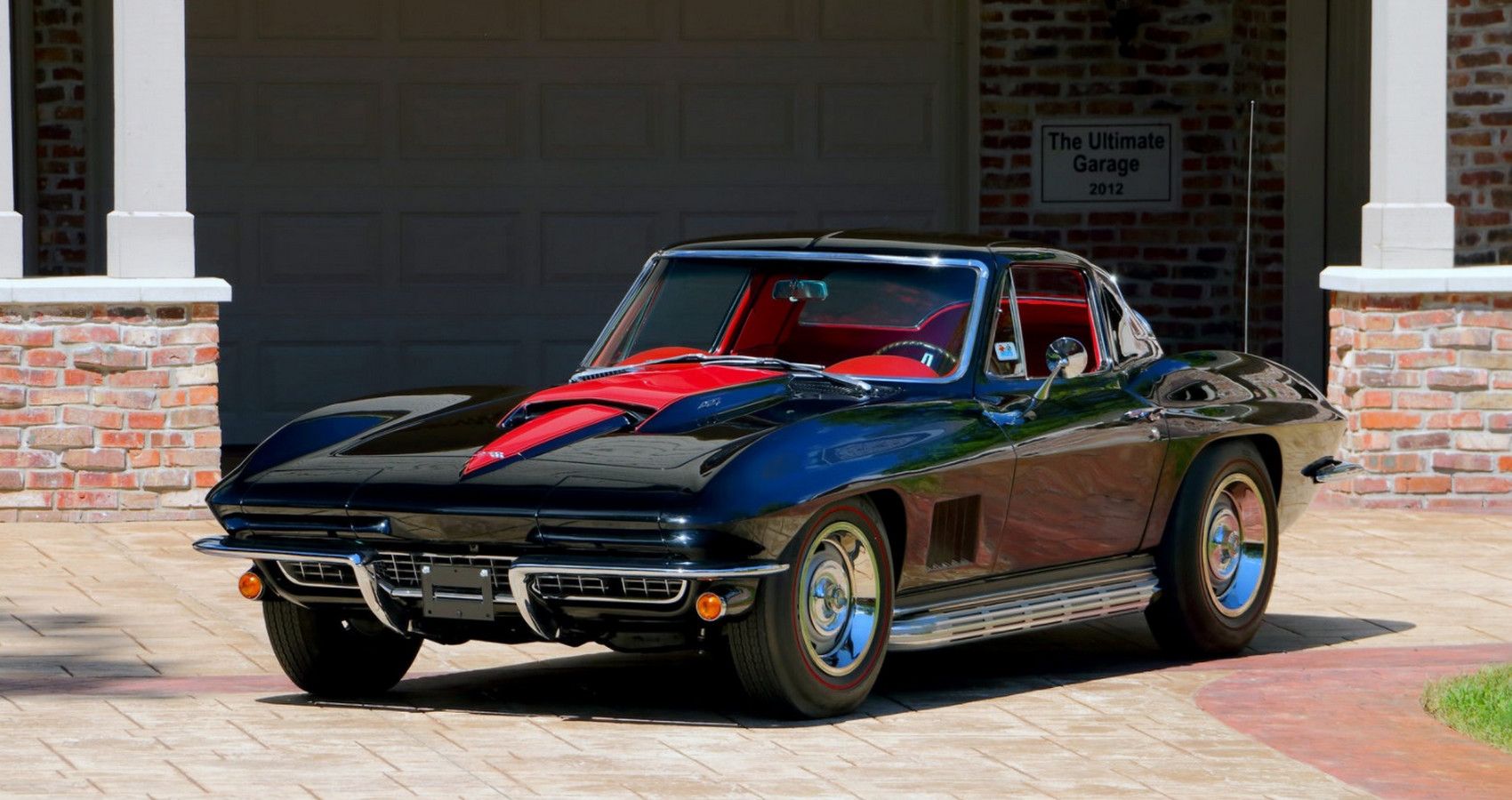
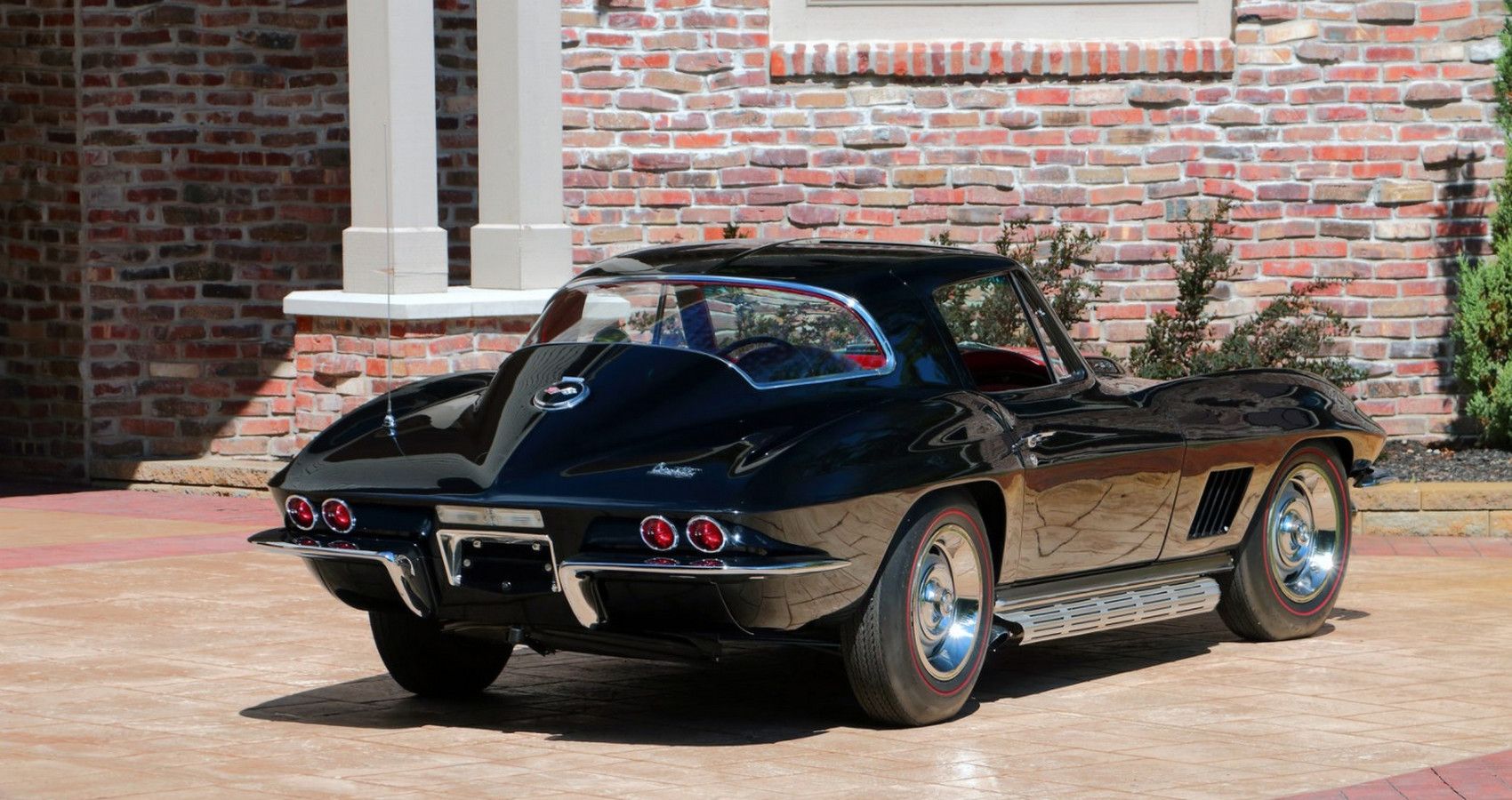


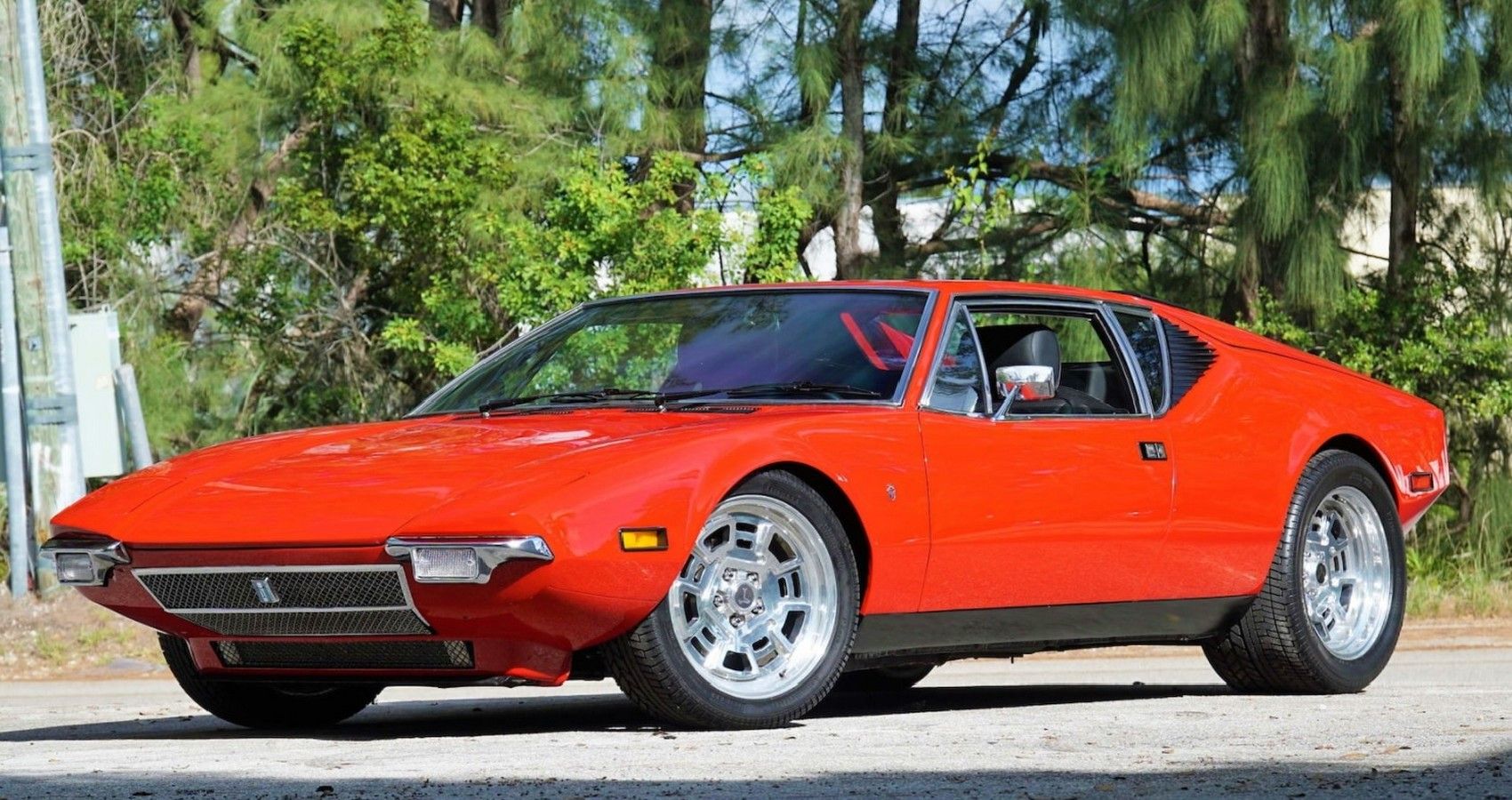
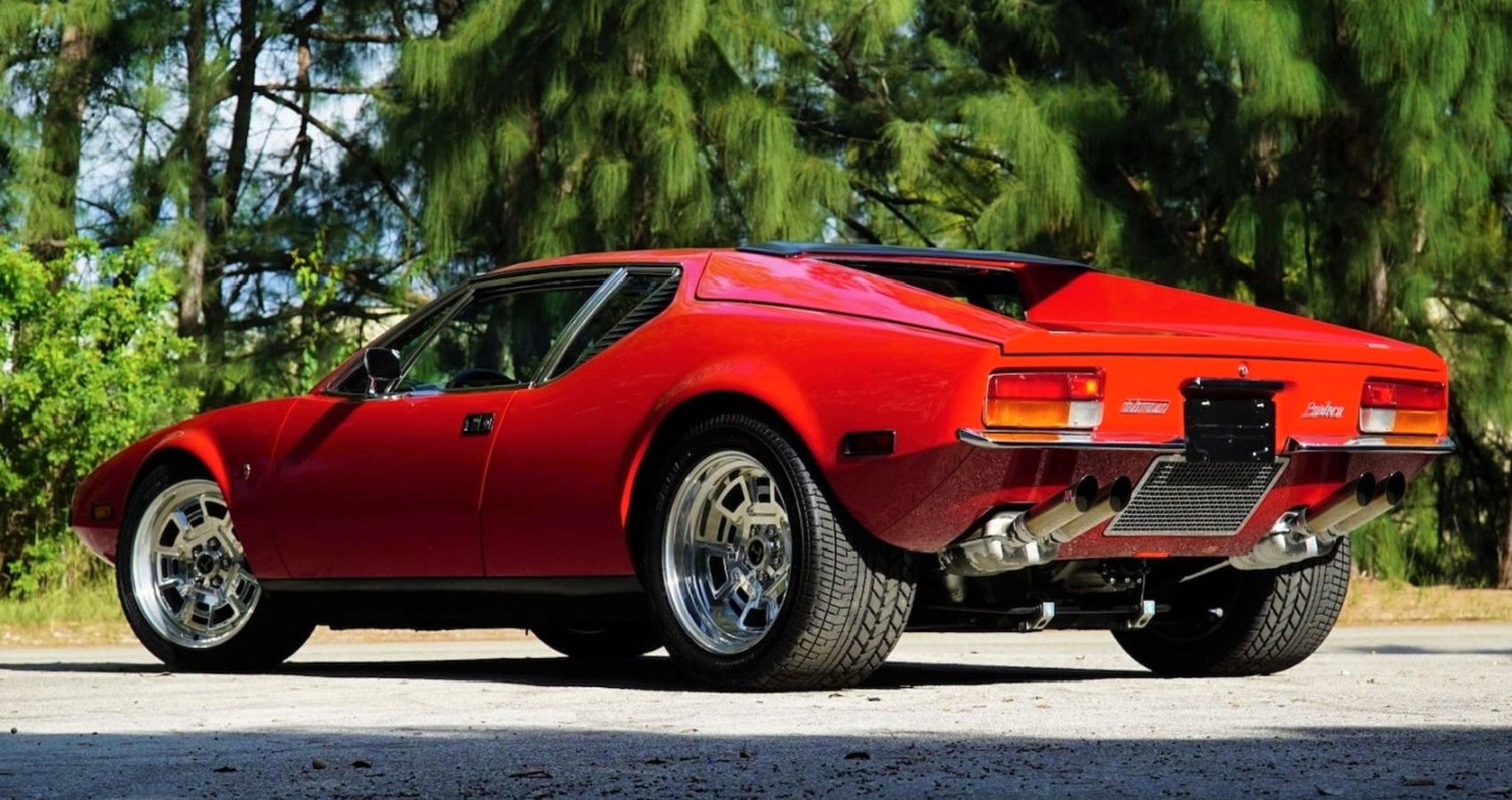

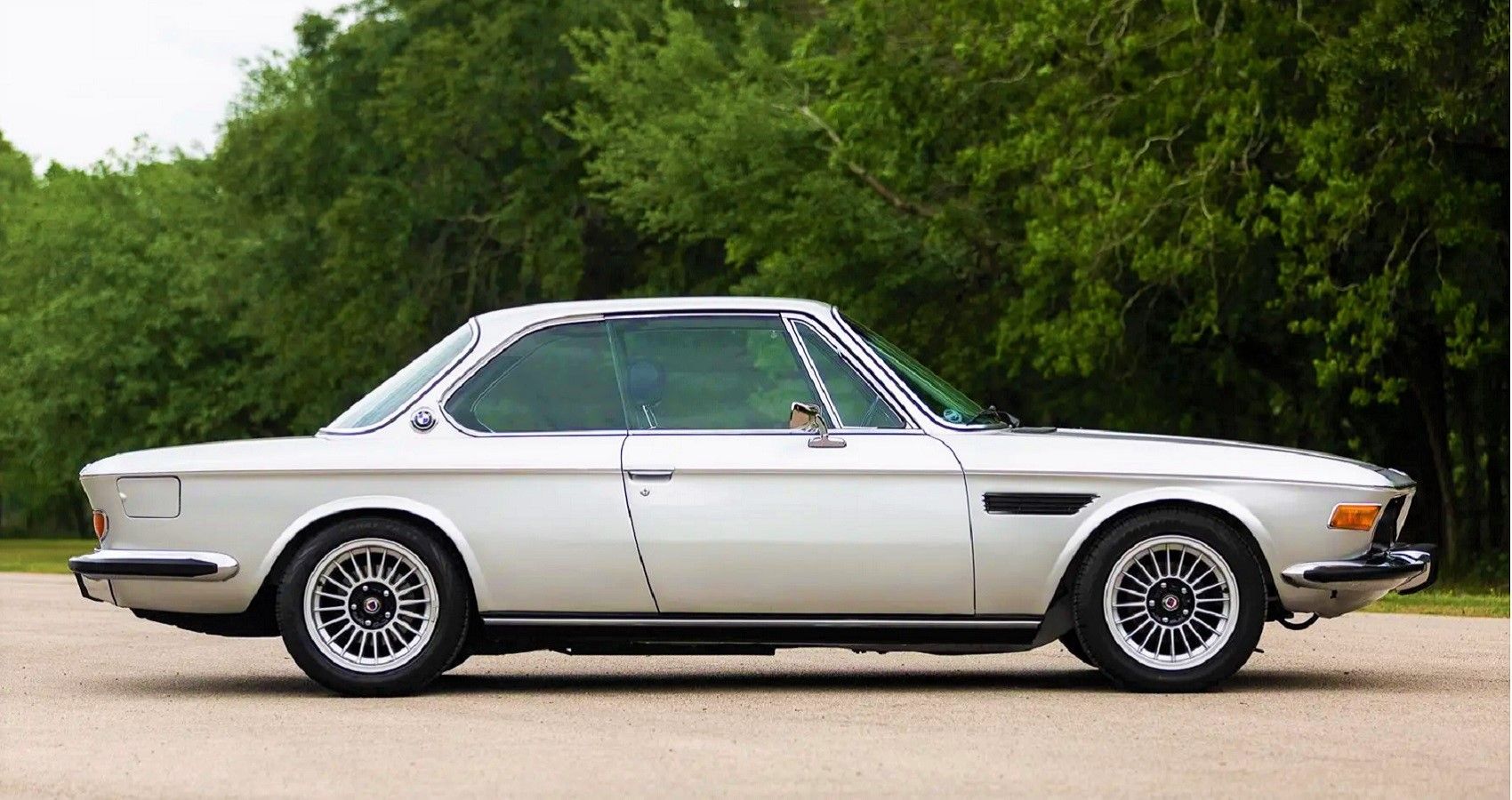
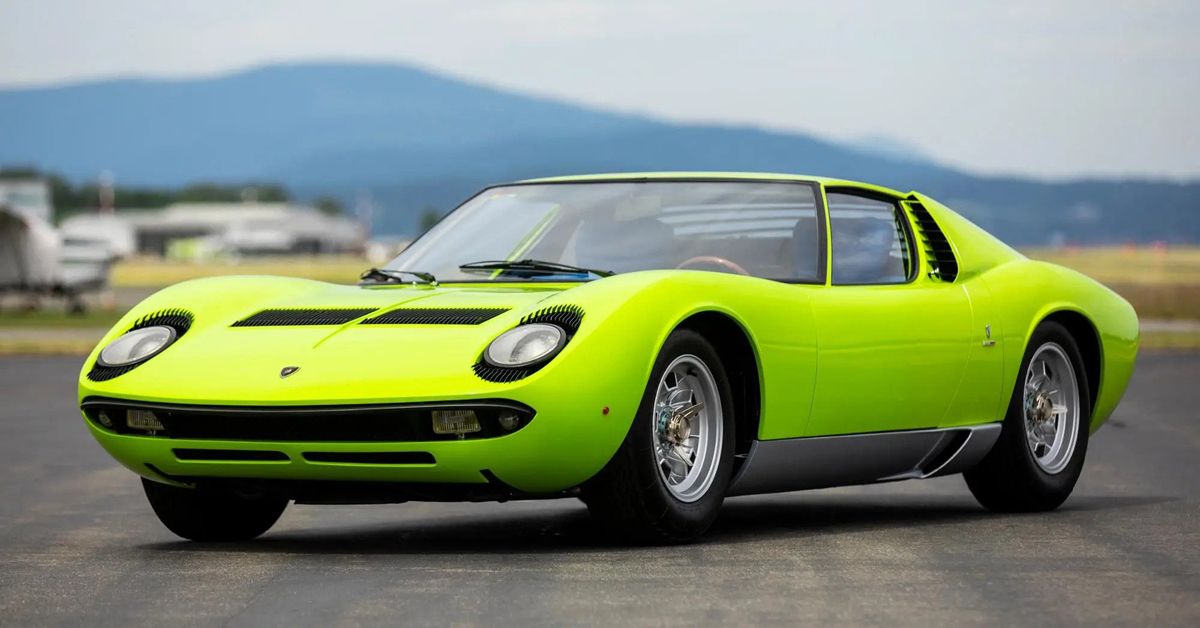
.jpg)
